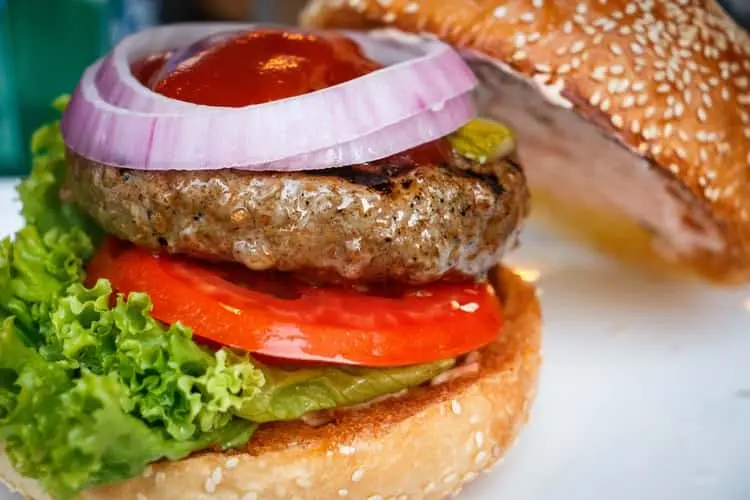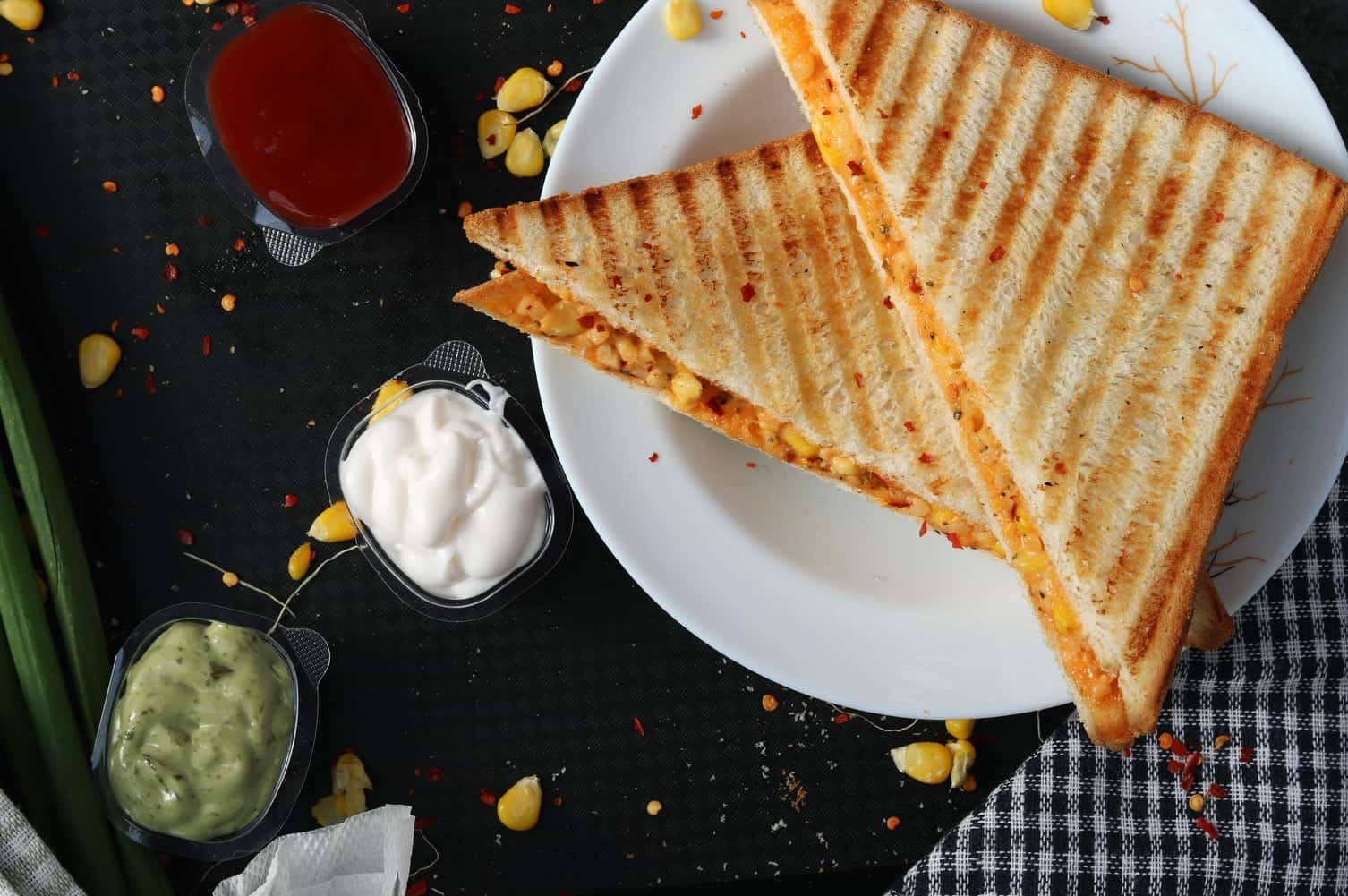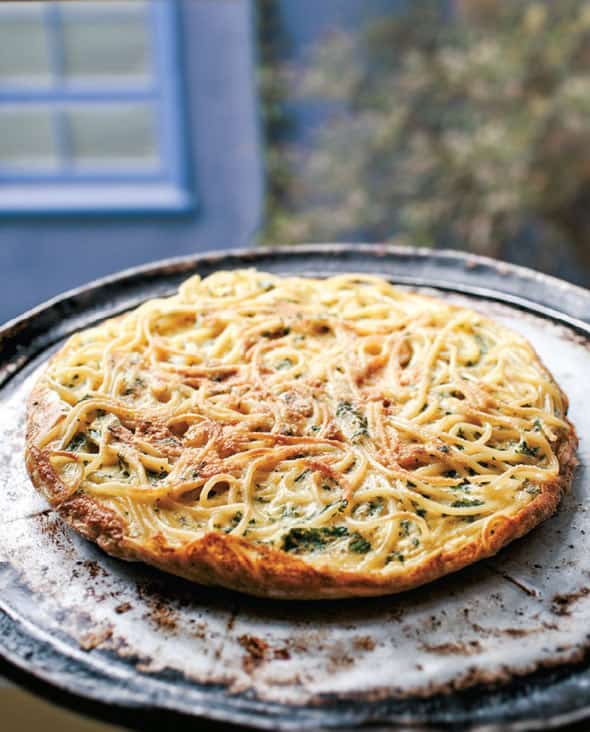Ingredients
1/2 plus
2 cups warm (about 100-110F) water
Approximately 7 cups of flour (bread flour is best, but A.P. will do in a pinch)
1 tablespoon salt
2 packages active dry yeast
Directions
1. Empty yeast into 1/2c. warm water and stir to dissolve the yeast. The water must be warm but not too warm, as this will kill the yeast. Let the mixture stand briefly. Some bubbles should be noted, indicating that the yeast is good.
2. Add to the yeast mixture 2 additional cups of water and 1 tablespoon salt and 2 cups of flour. Stir into a relatively smooth batter.
3. Add to the mixture 4 additional cups of flour and stir until it becomes very difficult to stir the mixture. Turn out the dough onto a clean, floured surface.
4. Knead the dough until it is free of lumps, rather elastic, and almost satiny in appearance. During this process, it will be necessary to add more flour, perhaps 1 or 1.5 cups or a bit more, depending on how damp the flour is. Enough flour has been added when the dough has only a hint or almost no stickiness. Too much flour will make the bread rather tough. Form the dough into a ball and place in a clean, lightly oiled bowl. Turn the dough over to oil all surfaces. Place a damp towel over the bowl.
5. Allow the dough to rise in a warm place until doubled, about 1 hour and 15 minutes to 1 hour and 30 minutes. After rising, punch down the dough and return to bowl and recover.
6. Allow dough to rise until again doubled, about 1 hour. Punch down dough and divide into two equal pieces. Form each piece into a long, thin loaf (this recipe makes two quite large loaves, or you can divide the dough into more pieces and make small baguettes, suitable for sandwiches). I find that it is easiest to form the loaves by taking a piece of dough in both hands and stretching it out by pulling and slapping the dough against the work surface. The dough will be quite elastic – you need to be assertive with it when forming loaves. Place the loaves upside down on a baking sheet or a stone. Some people say to grease the baking sheet or cover it with cornmeal, but I have found that the lubrication is not needed and that the cornmeal tends to burn.
7. Place a damp towel over the loaves and let them rise for perhaps 20 minutes until almost doubled. While the loaves are rising, preheat the oven to 375F. I find that it is handy to use an oven thermometer, as ovens vary substantially in temperature.
8. After rising, place the loaves into the oven. The loaves need to bake for about 40 minutes. During the first 20 minutes, spraying the loaves with water (from a plant mister, for instance) every few minutes will improve the quality of the crust.
9. Remove loaves from oven. Turn the loaves over and rap the bottoms gently. They should sound rather hollow. If not, they are probably underdone and should be baked a bit longer. Enjoy this bread soon after baking (the same day, preferably) as it goes stale rather quickly. Note that, once it is stale, it still makes great garlic bread.






Leave a Comment